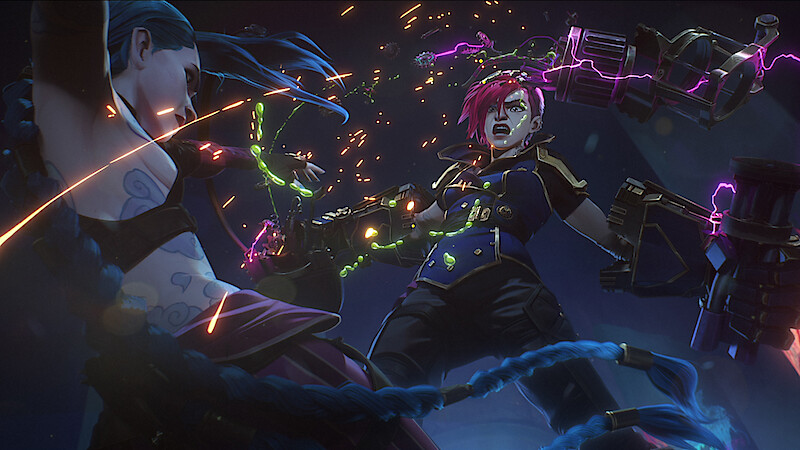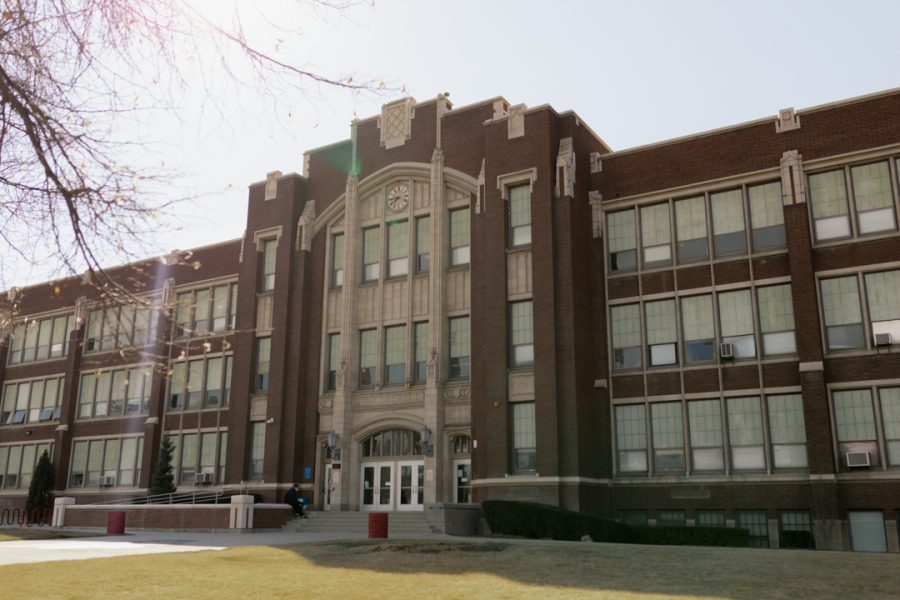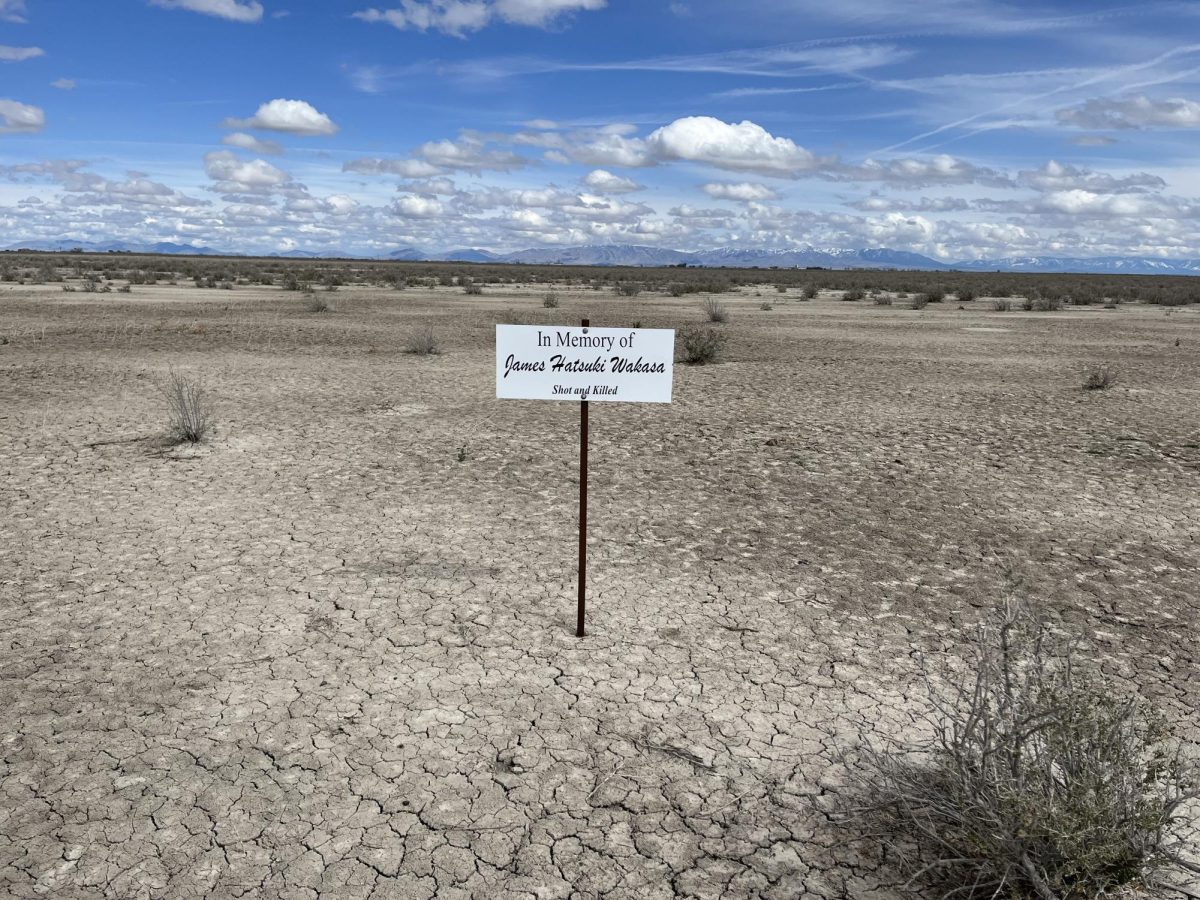Letter: Black Books Matter
(Photo by Curtis Lin | The Daily Utah Chronicle)
October 16, 2020
With the landmark Brown vs. Board of Education Supreme Court ruling in 1954, the institutional racism plaguing public schools in America was first addressed. Unfortunately, implicit and explicit racism abounds in schools today. In light of police brutality and subsequent protests, it is perhaps more crucial than ever to disseminate standards of equality and justice through our public schools. Schools are an ideal place to instill values of equality and inclusion in the next generation. More specifically, an organic, effective place to start this positive change is in classroom libraries by paying attention to diversity in book collections.
Before the civil rights movement, children’s books were whitewashed. This norm was first challenged in 1963 when Ezra Jack Keats’ book, “The Snowy Day” won the Caldecott Award. The book had a Black protagonist, and the impact of this figure on individual children was significant. According to Michelle Martin, one teacher said that for the first time she began to see children choose brown crayons to color their self-portraits. Very slowly, there has been an increase in diversity in children’s literature. Still, there is much room for improvement. The Cooperative Children’s book center reports demographic statistics for children’s books each year, and the findings revealed striking inaccuracy in representation. For example, Latinx kids make up 27% of school children but only 5% of books published. Even more striking, non-human characters had more representation in children’s literature than all minority groups put together. Myers states, “Too often today’s books remain blind to the everyday reality of thousands of children.”
While children’s books have become increasingly diverse over the years, some children still do not have access to these books. Book availability varies across schools, libraries, and individual classrooms. Most libraries in classrooms and schools do not contain books published in the past few years. Many teachers tend to teach with books that they read as children which can be problematic. “Classics” are still most frequently assigned as required reading and seldom, if ever, feature characters of color. Even less frequently are such characters portrayed in an accurate light. Several studies indicate that, to this day, the majority of characters in widely used picture books are white. Teachers play a critical role in introducing students to characters of color.
Many teachers fund their classroom libraries through Scholastic Book Clubs. However, McNair found that books offered through Scholastic Book Clubs often do not adequately represent people of color. As possible solutions, we propose the creation of grants for teachers and schools to purchase diverse books, tied to educator and librarian training on the importance of diverse representation in literature. There is a striking need to get diverse books on the shelves in school and classroom libraries, but that alone is not enough. In order to assimilate diverse literature into children’s learning experience, teachers must integrate rich and meaningful discussions around such texts. Young children in particular require instruction in understanding and interpreting messages and perspectives presented in books. A study by Marie A. Leahy and Bridget C. Foley found that “once the teacher candidates were explicitly taught about multicultural literature, they had a deeper understanding of the topic itself and a more positive inclination to use it in their future classrooms.”
Our children not only yearn to see themselves represented in literature, but they also desire to see the truth of the world around them. According to Scholastic’s 2019 annual report, regardless of their demographics, youth reported wanting characters in books who they wanted to be like or who were similar to them. Many youths reported it very important to them to include diversity in literature. We challenge community members this school year to donate at least one book that represents diversity to a local school, or to write a letter to our local schools’ principals and the school board requesting that literature diversity training be implemented as a goal for our schools. If, according to Rudine Bishop, literature is a mirror, then each child in our schools needs to not only see themselves in that mirror, but they also need to see an accurate depiction of the diversity in the world we live in.
— Tamilyn Fillmore, Tessa Taylor and Erica Murdoch, University of Utah MSW Students







